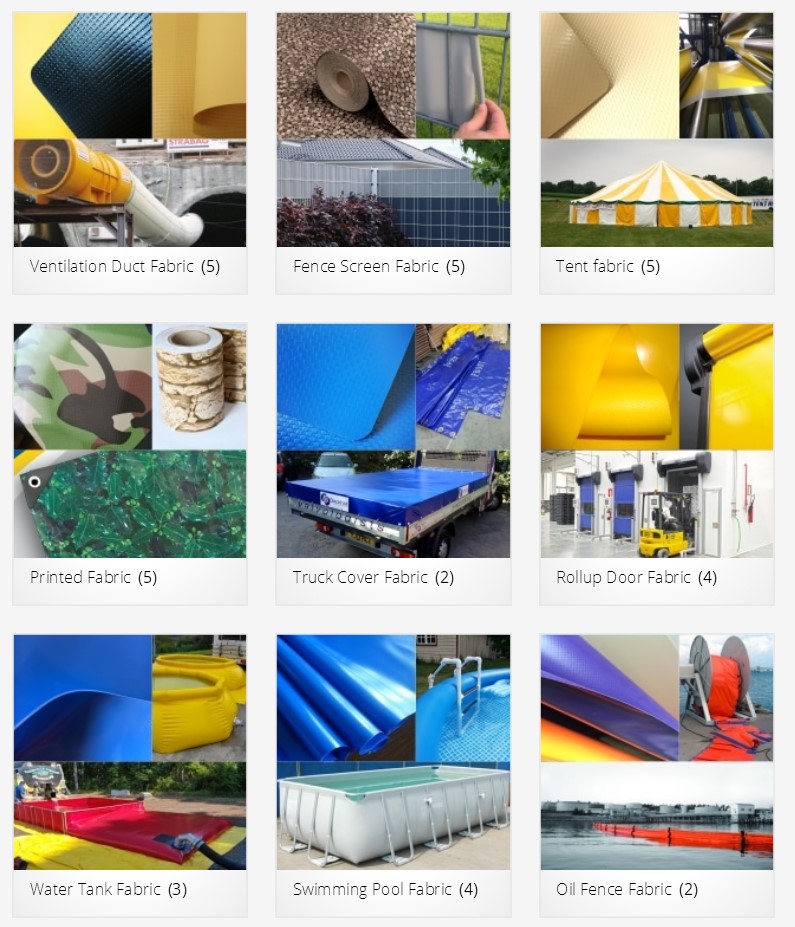Retractable Awnings - The Long-Standing Question of Cotton and Solution - Dyed Acrylic
The fabric is the first visual element in a retractable awning. It's both the most dramatic and most fragile element in retractable awnings. Any wear, tearing, fading, or rot approaching the fabric neatly diminishes the overall adequacy of a retractable awning, even though the frame and paraphernalia of the awning are hermetically sealed.
Because the fabric of the awning is for that reason important, a lot of research and technology is geared toward improving retractable awning fabrics. There are basically two major camps for fabrics: natural cotton and resolved-dyed acrylic. The key to treaty the best retractable awning fabrics lies in knowing both the history of awning fabrics and the technology of together along along along in addition to fabrics.
The Demand of Outdoor Fabrics
Fabrics in the region of retractable awnings have to withstand a lot of environmental abuse. Outdoor fabrics of all type - cotton duck to vinyl to acrylic - point of view significant wear and demanding conditions. Mechanical broken, such as tearing and fraying, can come from muggy winds or the weight from rain, snow, ice, or debris. (This is one advantage of retractable awnings; closing the awning protects it from those kinds of loads.)
The definite grinding wear vis--vis awning fabrics, even if, comes from conventional weather:
Sun and UV damage
Heat and cool
Moisture
Mildew
Debris and dust
This causes fading, tearing, and discoloring. Outdoor fabrics, subsequently, have to locate a quirk to resist these environmental factors.
Cotton and Early Awnings
Awnings are an antiquated architectural convention, dating encourage to the Greeks and Egyptians. In the arrival, awnings were made as well as woven leaves, which segued into linen. In the 19th century, awnings had a bit of a renaissance in Europe as both a stylish and practical window dressing. At that era, awning fabrics were usually cotton duck, an oiled canvas that was unventilated and somewhat water repellent and used for ships' sails.
Do you know about Acrylic awning fabric?
Cotton canvas remained popular skillfully into the mid-20th century. Even now, canvas is still a common (even though decreasingly expertly-liked) awning fabric. It has a few advantages as a retractable awning fabric, namely that it is breathable and has a usual visual texture. New scientific advances in the latter 20th century introduced supplementary treatments to both cotton flora and fauna and processed cotton to make it more durable and mildew-resistant.
Another advantage for cotton is piece dyeing. Piece-dyeing cotton - the most common method for outside uses - creates buzzing color, some of the most beautiful in fabrics. In piece-dyeing, the cotton is immersed in hot liquid dyes, subsequently upset through rollers to even out the color and surgically remove the excess.
Piece dyeing isn't without drawbacks. It is finished upon full bolts of cloth, not individual threads, in view of that it is single-handedly pleasing for solid colors. To get your hands on stripes or substitute patterns, the contrasting colors have to be painted upon, which is not particularly durable and creates a flat, one-sided visual effect. Piece-dyeing is with susceptible to environmental wear from sun, UV rays, and even humidity and salt water.
Despite the breeding enhancements, cotton has significant weaknesses for outside use. Despite the treatments, it is yet prone to mildew and rot. According to one cotton mill site, after by yourself two weeks in the sun, cotton is less than half as strong and increasingly brittle, losing its elasticity and becoming prone to tear or fray.
Comments
Post a Comment